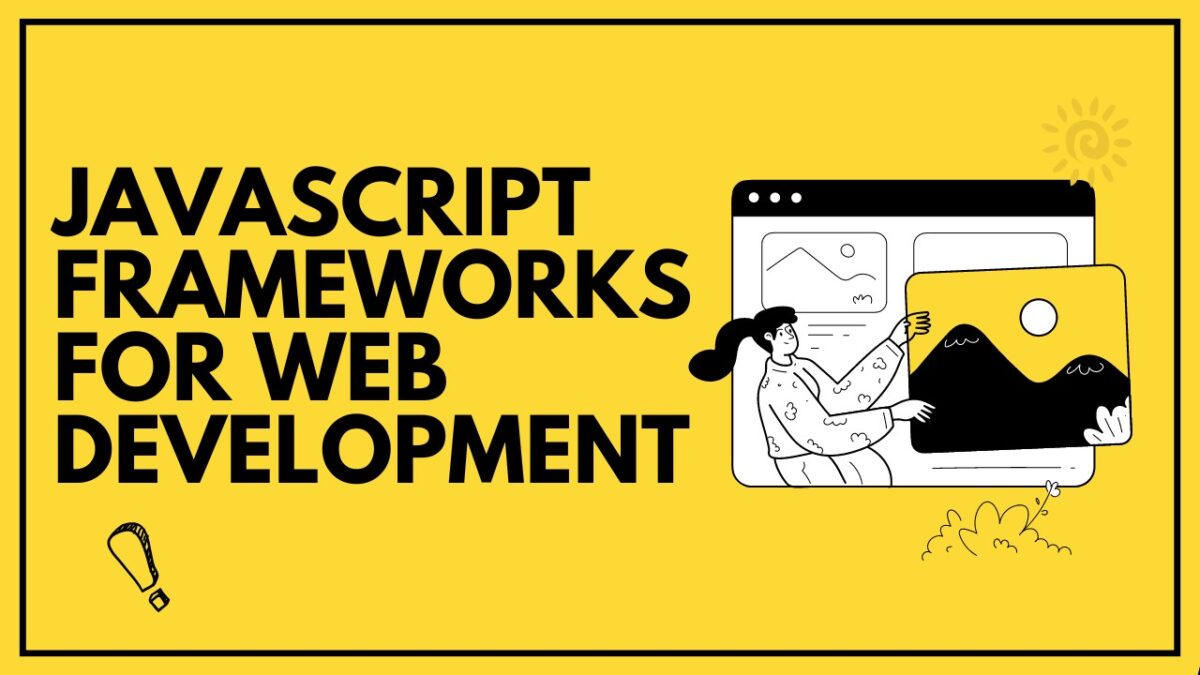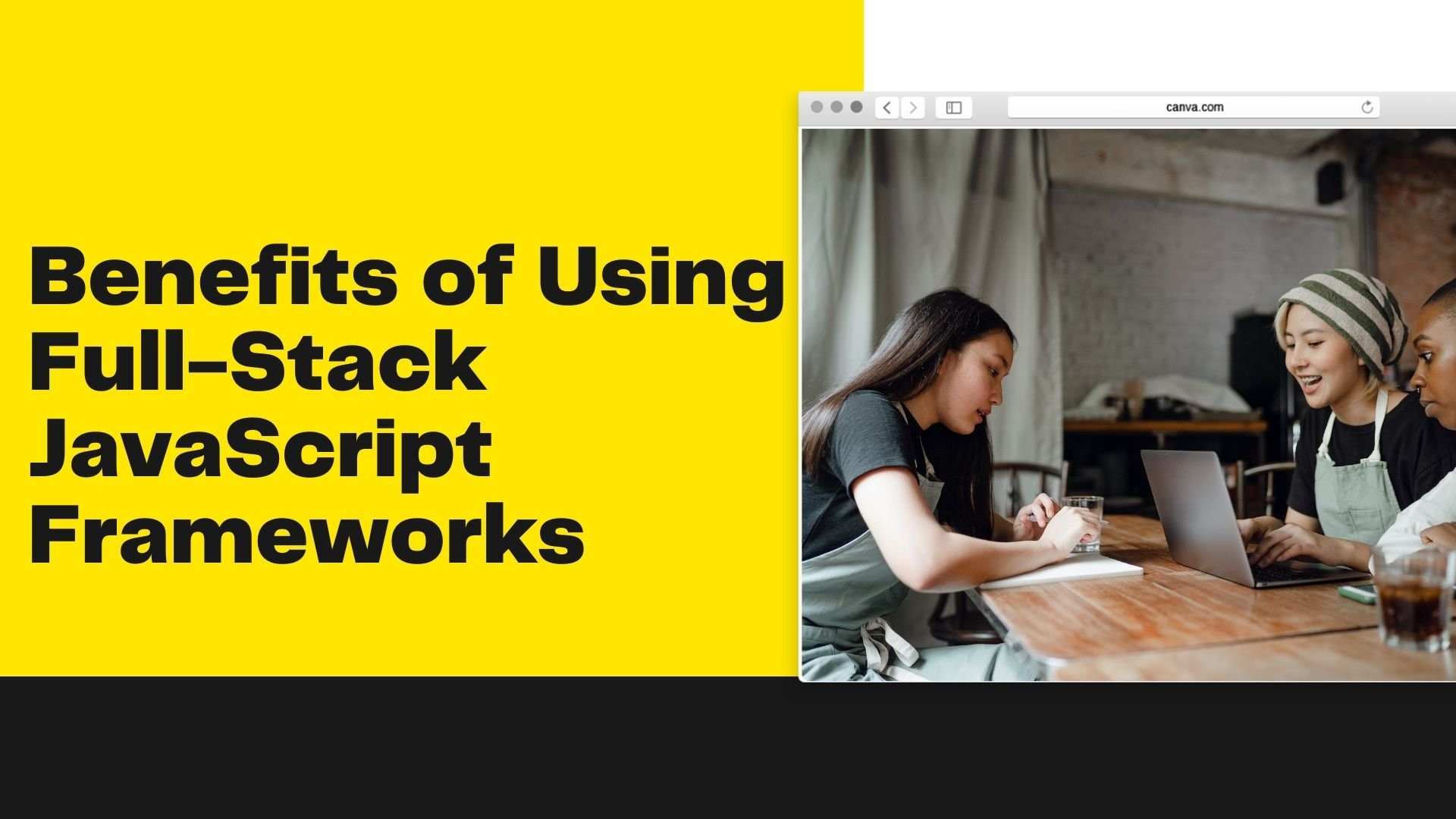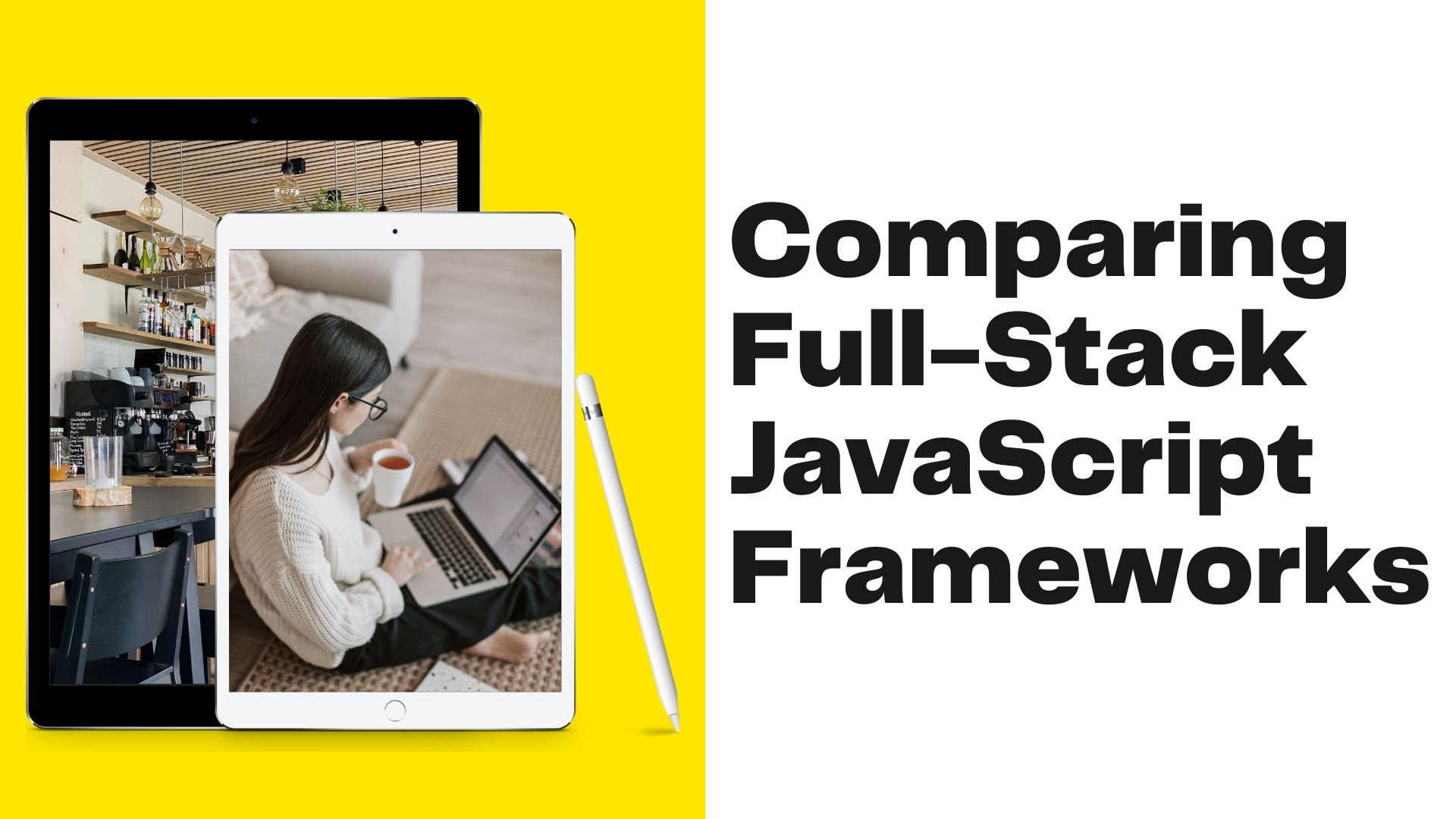
Over the past few years, JavaScript has become the dominant programming language for web development. It is both versatile and efficient, enabling developers to create interactive and complex web applications with relative ease. However, as the demand for more advanced web applications grows, developers are turning to full-stack JavaScript frameworks to streamline the development process and deliver seamless user experiences.
Before we delve into the benefits and key components of full-stack JavaScript frameworks, it is important to first understand what they are. Simply put, a full-stack JavaScript framework is a Custom Software Development stack that consists of both front-end and back-end components, which are written entirely in JavaScript. These frameworks allow developers to build web applications on a single language, reducing the time and effort required to develop complex software systems.
A full-stack JavaScript framework is a comprehensive software stack that consists of both front-end and back-end components. These frameworks provide developers with a complete set of tools to create robust web applications using a single language. At the front-end, full-stack JavaScript frameworks typically use a JavaScript-based UI library or framework such as Angular, React, or Vue.js, while the back-end is comprised of a server-side technology such as Node.js.
Full-stack JavaScript frameworks have become increasingly popular in recent years due to their ability to provide developers with a streamlined development process. By using a single language for both front-end and back-end development, developers can easily create complex web applications without having to worry about integrating different technologies. This can save a significant amount of time and effort, allowing developers to focus on building the unique features of their applications.
The rise of full-stack JavaScript frameworks has been driven by the numerous benefits they offer developers. Firstly, full-stack frameworks reduce the time and effort required to develop complex web applications. By providing a comprehensive set of tools for both front and back-end development, developers can focus on building the unique features of their applications instead of worrying about integrating different technologies.

Another major benefit of full-stack JavaScript frameworks is that they come with built-in security features and standardized coding practices. This can reduce the risk of bugs and security vulnerabilities in code, which can save developers time and effort in the long run. Additionally, full-stack frameworks are often open-source, which means that developers can benefit from a large community of contributors who are constantly improving and updating the framework.
The key components of full-stack JavaScript frameworks include a server-side technology such as Node.js, a JavaScript-based UI library or framework such as Angular, React, or Vue.js, and a database technology such as MongoDB. These components work together to create a seamless web development environment and help developers build complex web applications with ease.
Node.js is a popular server-side technology that allows developers to write server-side code in JavaScript. This means that developers can use the same language for both front-end and back-end development, which can save time and effort. Additionally, Node.js is known for its scalability and performance, making it an ideal choice for building large-scale web applications.
JavaScript-based UI libraries and frameworks such as Angular, React, and Vue.js provide developers with a range of tools for building dynamic and interactive user interfaces. These libraries and frameworks are designed to make it easy for developers to create complex UI components and manage state in their applications.
Finally, database technologies such as MongoDB provide developers with a way to store and retrieve data from their web applications. MongoDB is a popular choice for full-stack JavaScript frameworks due to its scalability, flexibility, and ease of use.
In conclusion, full-stack JavaScript frameworks offer developers a streamlined development process and a comprehensive set of tools for building complex web applications. By using a single language for both front-end and back-end development, developers can save time and effort while also benefiting from built-in security features and standardized coding practices.
JavaScript is one of the most popular programming languages used for web development. Developers can use JavaScript for both front-end and back-end development, making it a versatile language. Full-stack JavaScript frameworks allow developers to build web applications using JavaScript for both front-end and back-end development. While there are many full-stack JavaScript frameworks available, there are a few that stand out as popular choices among developers.
MEAN Stack (MongoDB, Express, Angular, Node.js)
The MEAN stack is a popular full-stack JavaScript framework that is used to build scalable and robust web applications. It comprises MongoDB, Express, Angular, and Node.js, and is known for its flexibility and ease of use. MongoDB is a NoSQL database that allows developers to store and retrieve data in a flexible and scalable way. Express is a web application framework that provides a set of tools for building web applications using Node.js. Angular is a front-end framework that allows developers to build dynamic and responsive user interfaces. Node.js is a server-side JavaScript runtime environment that allows developers to build scalable and high-performance web applications.
With the MEAN stack, developers can build web applications using a single language, JavaScript. This makes it easy to build and maintain web applications, as developers do not need to switch between different programming languages. The MEAN stack is also open-source, which means that developers can use and modify the framework for free.
MERN Stack (MongoDB, Express, React, Node.js)
The MERN stack is similar to MEAN, but it uses React instead of Angular as the front-end framework. React is known for its speed and efficiency, and it is a popular choice for building complex web applications. With the MERN stack, developers can build web applications that are fast, scalable, and easy to maintain. React allows developers to build reusable UI components, which can save time and effort in the development process.
The MERN stack is also open-source, which means that developers can use and modify the framework for free. The popularity of React has led to the growth of the MERN stack, as more and more developers choose to use React for front-end development.
MEVN Stack (MongoDB, Express, Vue.js, Node.js)
The MEVN stack is another popular choice for building full-stack JavaScript web applications. It comprises MongoDB, Express, Vue.js, and Node.js, and is known for its simplicity and ease of use. Vue.js is a front-end framework that is similar to React, but it is known for its simplicity and ease of use. With the MEVN stack, developers can build web applications that are fast, scalable, and easy to maintain.
Vue.js allows developers to build reusable UI components, which can save time and effort in the development process. The MEVN stack is also open-source, which means that developers can use and modify the framework for free. The simplicity of Vue.js has led to the growth of the MEVN stack, as more and more developers choose to use Vue.js for front-end development.
Meteor.js
Meteor.js is a full-stack JavaScript framework that allows developers to build real-time web applications quickly. It comprises a set of libraries and tools that make it easy to build web applications using a single language. Meteor.js is known for its simplicity and ease of use, making it a popular choice among developers.
Meteor.js allows developers to build real-time web applications that update in real-time without the need for page refreshes. This makes it easy to build web applications that are fast and responsive. Meteor.js is also open-source, which means that developers can use and modify the framework for free.
Sails.js
Sails.js is a full-stack JavaScript framework that is designed for building scalable and real-time web applications. It comprises a set of tools that make it easy to build custom APIs and web applications using Node.js. Sails.js is known for its simplicity and ease of use, making it a popular choice among developers.
Sails.js allows developers to build web applications that are scalable and easy to maintain. It provides a set of tools for building custom APIs and web applications using Node.js, which makes it easy to build web applications that are tailored to specific needs. Sails.js is also open-source, which means that developers can use and modify the framework for free.
JavaScript frameworks have revolutionized the way developers build web applications. While there are many full-stack JavaScript frameworks available, each one has its own strengths and weaknesses. When choosing a framework, developers must consider several factors, including performance and scalability, learning curve and documentation, community and ecosystem, and flexibility and customization.

Choosing the right full-stack JavaScript framework can be a daunting task, but understanding the pros and cons of each framework can help you make an informed decision.
Performance and Scalability
Performance and scalability are critical factors to consider when building web applications. MEAN (MongoDB, Express.js, Angular, and Node.js) and MERN (MongoDB, Express.js, React, and Node.js) stacks are known for their scalability and high-performance. These frameworks are ideal for building large-scale web applications that require fast and efficient performance. On the other hand, MEVN stack (MongoDB, Express.js, Vue.js, and Node.js) and Sails.js are great choices for smaller scale projects. These frameworks are lightweight and easy to use, making them ideal for building simple web applications.
When choosing a framework based on performance and scalability, it’s important to consider the specific requirements of your web application. If you’re building a large-scale web application, MEAN or MERN stacks are the way to go. However, if you’re building a smaller scale project, MEVN stack or Sails.js may be a better fit.
Learning Curve and Documentation
Another critical factor to consider when choosing a full-stack JavaScript framework is the learning curve and documentation. Angular and React have a steeper learning curve, but they offer extensive documentation, making them more accessible to developers. Vue.js and Meteor.js are relatively easy to learn, but they may not have as much documentation as Angular or React.
When choosing a framework based on learning curve and documentation, it’s important to consider your own experience and skill level as a developer. If you’re an experienced developer, you may be able to handle the steeper learning curve of Angular or React. However, if you’re a beginner, Vue.js or Meteor.js may be a better fit.
Community and Ecosystem
The size and activity of a framework’s community and ecosystem are important factors to consider when building web applications. MEAN and MERN stacks have a large and active community, making them a great choice for developers who are looking for support and resources. Meteor.js also has a large community, while Sails.js and MEVN stack have a smaller community.
When choosing a framework based on community and ecosystem, it’s important to consider the level of support and resources that are available to you as a developer. If you’re looking for a framework with a large and active community, MEAN or MERN stacks are the way to go. However, if you’re comfortable with a smaller community, Sails.js or MEVN stack may be a better fit.
Flexibility and Customization
Finally, the flexibility and customization of a full-stack JavaScript framework are important factors to consider when building web applications. MEAN and MERN stacks are highly customizable, allowing developers to build web applications that meet their specific needs. MEVN stack and Sails.js are less flexible but easier to use, making them ideal for building simple web applications. Meteor.js offers a good balance between flexibility and ease of use.
When choosing a framework based on flexibility and customization, it’s important to consider the specific requirements of your web application. If you need a high level of flexibility and customization, MEAN or MERN stacks are the way to go. However, if you’re building a simple web application, MEVN stack or Sails.js may be a better fit.
Ultimately, the choice of a full-stack JavaScript framework depends on the specific requirements of your web application. By considering factors such as performance and scalability, learning curve and documentation, community and ecosystem, and flexibility and customization, you can choose the right framework for your project.
Full-stack JavaScript frameworks have become increasingly popular among web developers due to their ability to simplify web development while providing robust and scalable web applications. MEAN, MERN, MEVN, Meteor.js, and Sails.js are some of the most popular full-stack JavaScript frameworks that developers use to build complex and dynamic web applications. By understanding their benefits, key components, and comparison factors, developers can choose the right framework for their next project and achieve a seamless web development experience.